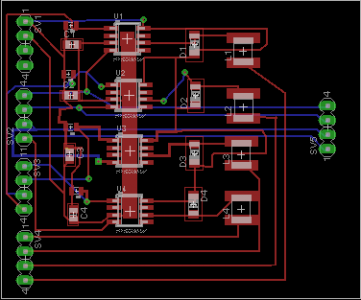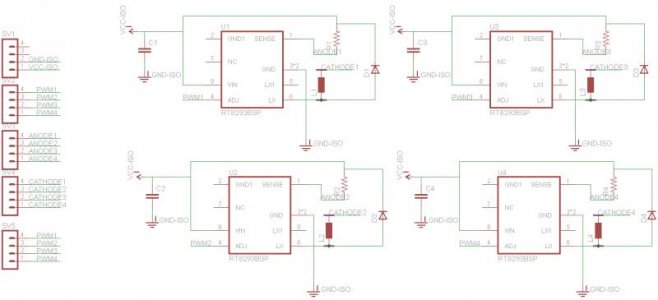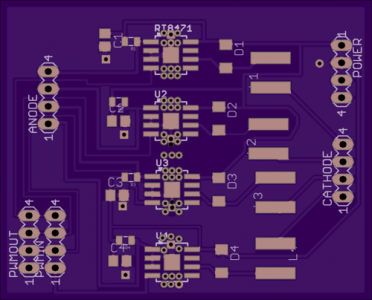Maryland Guppy
New member
ya.....that is why i suck at it. i read that and get all confused im a DIYer with just enough electronics knowledge to screw something up good
You could check out some of the TI datasheets for there drivers.
A longer document from TI with calculation examples.
I was driving for a very low part count so no TI drivers.
I have not etched a copper board since 1984.
It was a frequency counter with like a 9 digit display.
All through hole components at that.
Now I have to rethink surface mount devices and configuration.
I have been researching for about 1 year now and am ready.
Up until now I have been using all LDD drivers on boards with sockets.
LDD's cost $6 each, I can build a driver for $2.31 each plus cost of boards.
I may not save money when it's done but it keeps my brain ticking.
I belong to many forums, most inspired with DIY from several people here.
I am an AutoCAD geek since version 8 I think on 5.25 floppies.
No one wants to build a board from ACAD files though.








